

Articles
How To Store Soy Sauce
Modified: December 7, 2023
Learn the best ways to store soy sauce and keep it fresh for longer. Read our informative articles for expert tips and tricks.
(Many of the links in this article redirect to a specific reviewed product. Your purchase of these products through affiliate links helps to generate commission for Storables.com, at no extra cost. Learn more)
Introduction
Welcome to our comprehensive guide on how to store soy sauce properly. Whether you’re a cooking enthusiast or just someone who enjoys a dash of flavor in their dishes, knowing how to store soy sauce is crucial in maintaining its quality and taste. Soy sauce is a versatile condiment that adds an umami kick to a wide range of cuisines, including Asian, Western, and fusion dishes.
Understanding the proper storage methods for soy sauce will ensure that it remains fresh and flavorful, enhancing your culinary creations. Factors like container choice, storage location, protection from light and heat, and checking for spoilage are all key aspects we will cover in this article.
So, let’s dive in and learn how to store your soy sauce in the best possible way!
Key Takeaways:
- Properly storing soy sauce involves choosing the right container, protecting it from light and heat, and checking for spoilage. By following these steps, you can maintain its flavor and quality for an extended period.
- Once opened, transfer soy sauce to a proper container, refrigerate if necessary, and use it within a reasonable timeframe. This ensures that the sauce remains fresh and flavorful for your culinary creations.
Read more: How To Store Homemade Sauces
Understanding Soy Sauce
Before we delve into the storage techniques, it’s important to understand what soy sauce is and why it needs proper care. Soy sauce is a savory condiment made from fermented soybeans, wheat, salt, and water. It has a rich, complex flavor profile that ranges from salty to sweet and deep umami notes.
Soy sauce is known for its high salt content, which acts as a natural preservative. However, it is still susceptible to spoilage if not stored correctly. Exposure to air, light, heat, and moisture can cause the soy sauce to lose its quality and taste. Proper storage will help maintain the original flavor and prevent the growth of bacteria or mold.
With various types of soy sauce available in the market, such as light soy sauce, dark soy sauce, and tamari, it’s essential to store each type with care. Light soy sauce is more delicate, with a lighter color and saltier taste, while dark soy sauce has a deeper color and richer flavor due to a longer fermentation process.
Now that we have a basic understanding of soy sauce, let’s move on to the next section, where we’ll explore how to choose the right container for storing your soy sauce.
Choosing the Right Container
When it comes to storing soy sauce, selecting the right container is crucial. It should be airtight, non-reactive, and preferably made of glass or food-grade plastic. A dark-colored container is preferred to protect the soy sauce from light exposure, which can degrade its quality.
Glass containers are an excellent choice for storing soy sauce as they do not react with the sauce and will not impart any unwanted flavors. Look for a container with a secure, tight-fitting lid to prevent air from entering and extending the shelf life of the soy sauce.
If you prefer using plastic containers, ensure they are made from food-grade materials that are BPA-free. These containers should also have a tight-sealing lid to maintain the freshness of the soy sauce.
It’s important to note that if you purchase soy sauce in a glass bottle, you can store it directly in its original packaging as long as it has a reliable seal. However, if the bottle is opened, it’s recommended to transfer the soy sauce to a proper storage container for better preservation.
Once you have chosen the right container for your soy sauce, let’s move on to the next section, where we’ll discuss the ideal storage location.
Proper Storage Location
Finding the right storage location is essential for maintaining the quality and flavor of your soy sauce. The storage area should be cool, dry, and away from direct sunlight. Avoid areas near stoves, ovens, or other heat sources, as heat can accelerate spoilage.
An ideal storage spot is a pantry or cabinet that is away from the kitchen’s hustle and bustle. The temperature in these areas tends to be more stable, which helps preserve the soy sauce’s freshness.
It’s important to keep soy sauce away from moisture as well. Avoid storing it near sinks or in damp areas, as exposure to moisture can promote the growth of mold or bacteria in the soy sauce.
Additionally, the storage location should be easily accessible, allowing you to reach for your soy sauce when needed without any hassle. This will ensure that you use the soy sauce regularly and not keep it stored for an extended period, which can affect its flavor.
Now that we have covered the proper storage location, let’s move on to the next section, where we’ll discuss protecting soy sauce from light and heat.
Protecting from Light and Heat
Protecting soy sauce from light and heat is crucial in maintaining its quality and flavor. Both light and heat can degrade the flavor and aroma of soy sauce over time, so it’s important to take steps to shield it from these elements.
Exposure to light can cause the soy sauce to undergo photochemical reactions, resulting in an off-flavor and potential discoloration. To prevent this, store your soy sauce in a dark place, such as a pantry or cabinet, away from direct sunlight or bright artificial light sources.
Heat can also accelerate the breakdown of soy sauce, leading to a loss of flavor and degradation. Avoid storing soy sauce near hot appliances like stoves or ovens, as well as in areas prone to temperature fluctuations, such as above a refrigerator or near a radiator.
If you live in a hot and humid climate, it’s even more crucial to protect your soy sauce from heat. Consider storing it in the refrigerator, especially if your bottle is opened. However, keep in mind that refrigeration can cause the soy sauce to become slightly thicker or develop some sedimentation. This is normal and does not affect the quality.
By protecting your soy sauce from light and heat, you can ensure its flavor remains intact and enjoyable. Now let’s move on to the next section, where we’ll discuss sealing and securing the container.
Store soy sauce in a cool, dark place, away from direct sunlight and heat sources. Once opened, keep it tightly sealed to maintain its flavor and quality.
Read more: How To Store Marinara Sauce
Sealing and Securing the Container
Properly sealing and securing the container is crucial to prevent the entry of air and contaminants, which can lead to spoilage and deterioration of your soy sauce. Here are some tips to ensure your soy sauce stays fresh:
1. Tighten the Lid: Ensure that the lid of your soy sauce container is tightly closed. This helps create an airtight seal, preventing air and moisture from entering and oxidizing the sauce.
2. Check for Leaks: Regularly inspect your soy sauce container for any signs of leaks or cracks. A damaged container can expose the sauce to air and compromise its quality. If you notice any damage, it’s best to transfer the soy sauce to a new container.
3. Store Upright: Properly storing your soy sauce container upright helps maintain the integrity of the seal. If the container is stored on its side or upside down, it increases the chances of leakage and air exposure.
4. Avoid Cross-Contamination: Be mindful not to contaminate the soy sauce by using dirty utensils or transferring it to a container that previously held other substances. Always use clean utensils and containers to maintain the quality of your soy sauce.
By sealing and securing your soy sauce container, you can extend its shelf life and preserve its original flavors. Now, let’s move on to the next section, where we’ll discuss how to check for spoilage.
Checking for Spoilage
Regularly checking for spoilage is essential to ensure that your soy sauce remains safe to consume. While soy sauce has a long shelf life, it can still deteriorate over time. Here are some signs to look out for:
1. Examine the Color: Fresh soy sauce has a dark amber or brown color, depending on the type. If you notice any significant changes in color, such as becoming lighter or cloudy, it may indicate spoilage. Discard the soy sauce if you observe any unusual color changes.
2. Smell Test: Take a whiff of the soy sauce. It should have a pleasant, savory aroma. If you detect any off or rancid smells, it is a strong indication that the sauce has gone bad and should be discarded.
3. Check for Mold or Sediment: Inspect the inside of the container for any signs of mold growth or excessive sediment. Mold growth is a sure sign of spoilage and indicates that the soy sauce is no longer safe to consume. Sedimentation is normal in soy sauce, but an excessive amount could be an indication of spoilage.
4. Taste Test: If you suspect the soy sauce may be spoiled but are unsure, you can perform a small taste test. However, exercise caution when tasting, as spoiled soy sauce can have an unpleasant flavor. If the taste is off, bitter, or sour, discard the sauce immediately.
Remember, it is always better to err on the side of caution and discard any soy sauce that you suspect may be spoiled. Keeping track of the expiration date or recommended shelf life is also helpful in determining when to replace your soy sauce.
Now that we are aware of how to check for spoilage, let’s move on to the final section, where we’ll discuss the storage of opened soy sauce bottles.
Storing Opened Soy Sauce Bottles
Once you’ve opened a bottle of soy sauce, it’s important to take extra care in storing it to maintain its quality and flavor. Here are some tips for storing opened soy sauce bottles:
1. Transfer to a Proper Container: If the original bottle does not have a reliable seal or if it’s more convenient for storage, consider transferring the soy sauce to a different container. Choose an airtight glass or food-grade plastic container, as mentioned earlier in this article.
2. Refrigerate if Necessary: While unopened soy sauce can be stored at room temperature, opened bottles benefit from refrigeration. The colder temperature helps slow down the oxidation process and prevents bacterial growth. However, soy sauce can be stored at room temperature for short periods without compromising its taste. If you prefer it at room temperature, make sure the room is cool and away from high heat sources.
3. Keep Away from Strong Odors: Soy sauce has a very distinct flavor, so it’s important to keep it away from strong-smelling foods or substances. Soy sauce can absorb odors, which can alter its flavor profile. Store the bottle away from pungent ingredients such as garlic, onions, and spices.
4. Use Within a Reasonable Timeframe: While soy sauce has a long shelf life, it’s still recommended to use opened bottles within a reasonable timeframe. Aim to consume the sauce within a few months to ensure the best quality and taste. The flavor may gradually diminish over time.
By following these tips, you can ensure that your opened soy sauce bottles remain fresh and flavorful for an extended period. Now, let’s conclude our article.
Conclusion
Congratulations! You are now equipped with the knowledge of how to store soy sauce properly. By following the guidelines outlined in this article, you can maintain the quality, flavor, and freshness of your soy sauce for an extended period.
Remember to choose the right container, preferably airtight and made of glass or food-grade plastic, to store your soy sauce. Consider a dark-colored container to protect it from light exposure and store it in a cool, dry place away from direct sunlight and heat sources.
Properly sealing and securing the container will prevent air and contaminants from entering, while regular checks for spoilage will ensure the soy sauce remains safe to consume. If you notice any changes in color, smell, presence of mold, or off flavors, it’s best to discard the soy sauce.
For opened bottles, consider transferring the soy sauce to a proper container and refrigerating it if desired. Keep it away from strong odors and try to consume it within a reasonable timeframe for the best flavor.
By taking these steps, you can savor the delectable taste of soy sauce in your favorite dishes for an extended period. So go ahead, enhance your culinary creations with this versatile and beloved condiment!
Thank you for reading, and happy soy sauce storage!
Frequently Asked Questions about How To Store Soy Sauce
Was this page helpful?
At Storables.com, we guarantee accurate and reliable information. Our content, validated by Expert Board Contributors, is crafted following stringent Editorial Policies. We're committed to providing you with well-researched, expert-backed insights for all your informational needs.


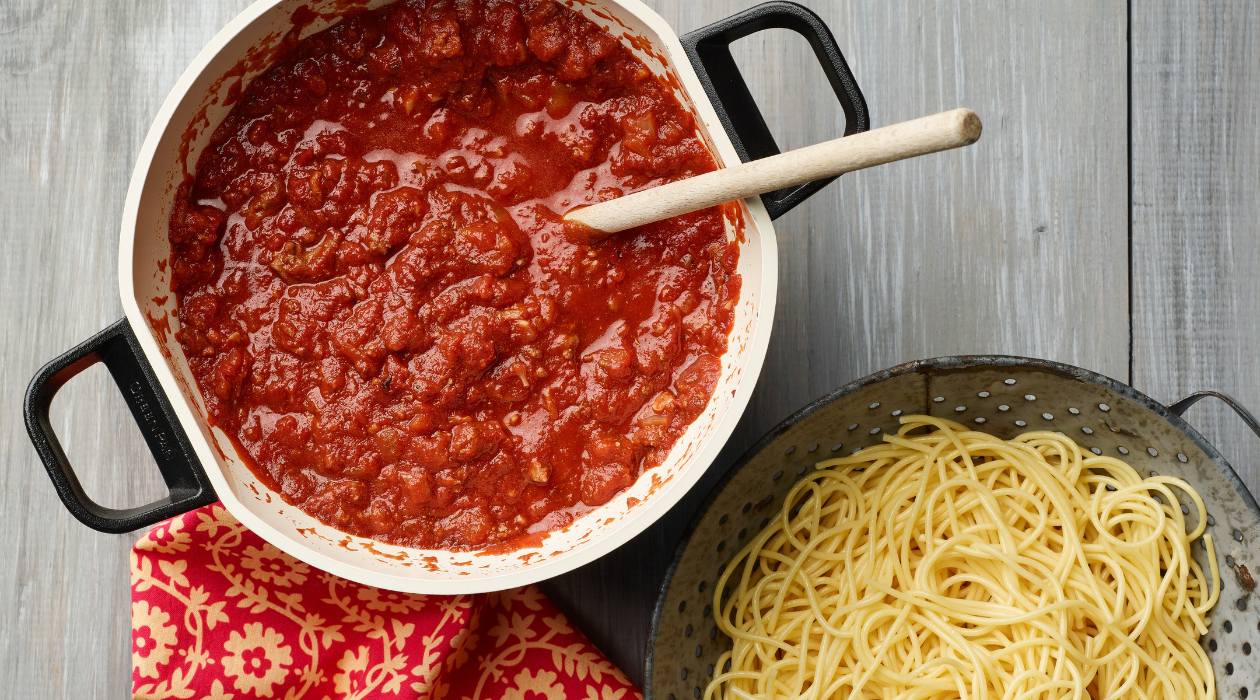
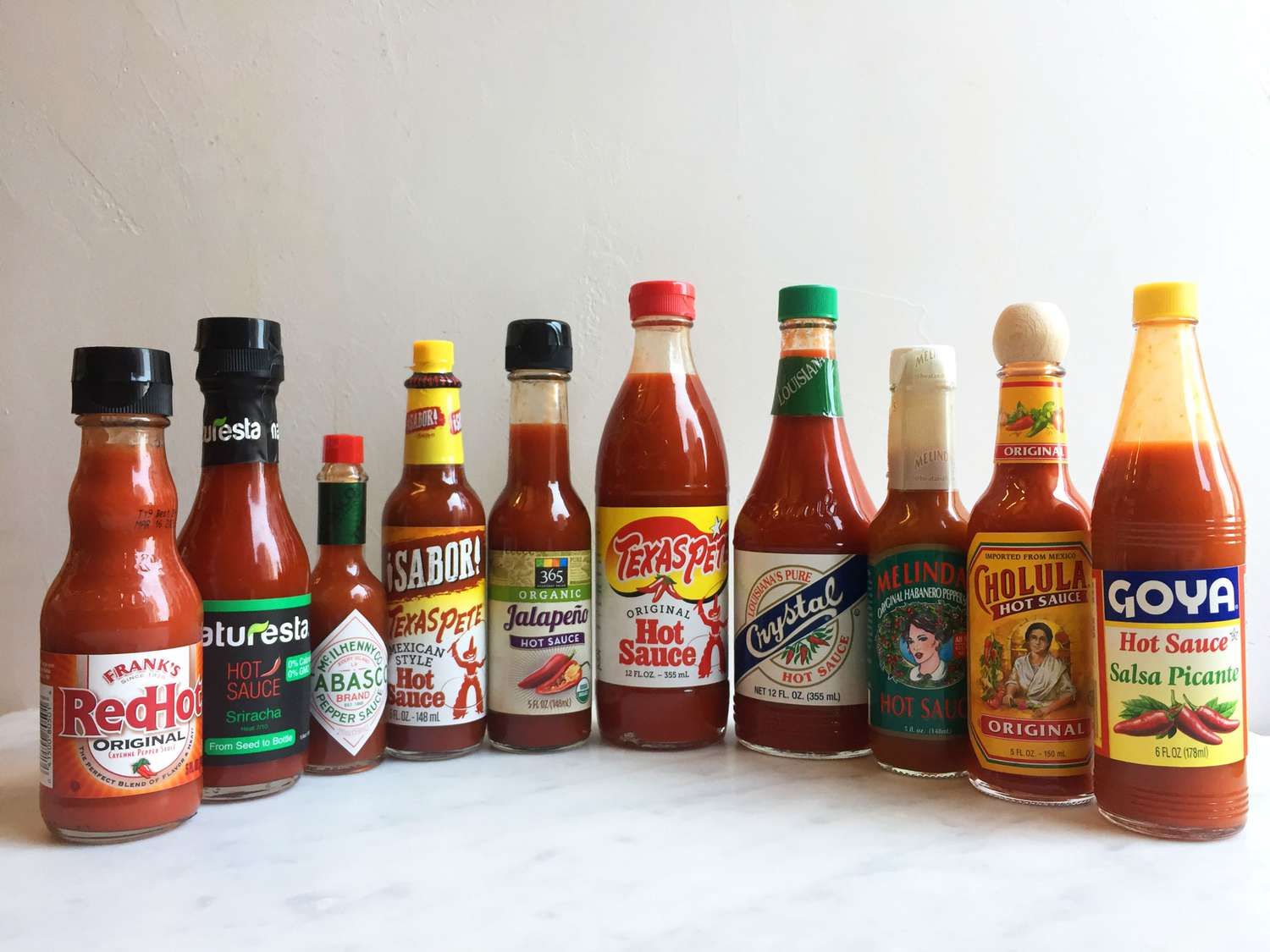
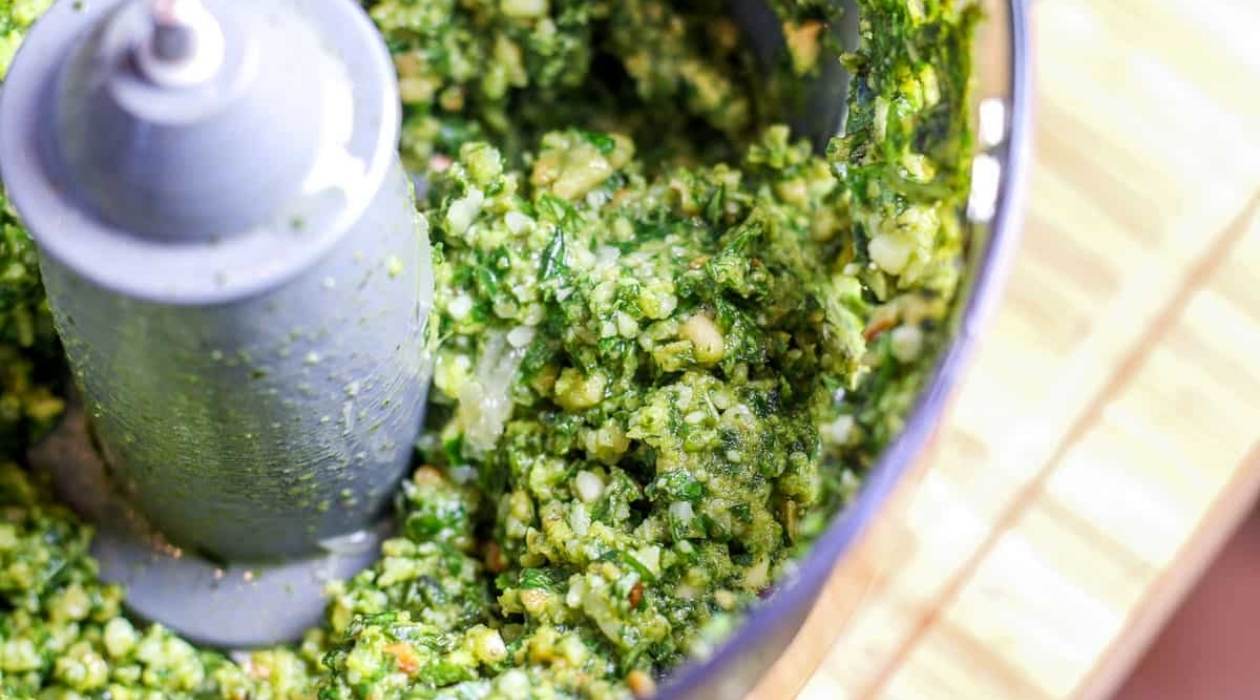
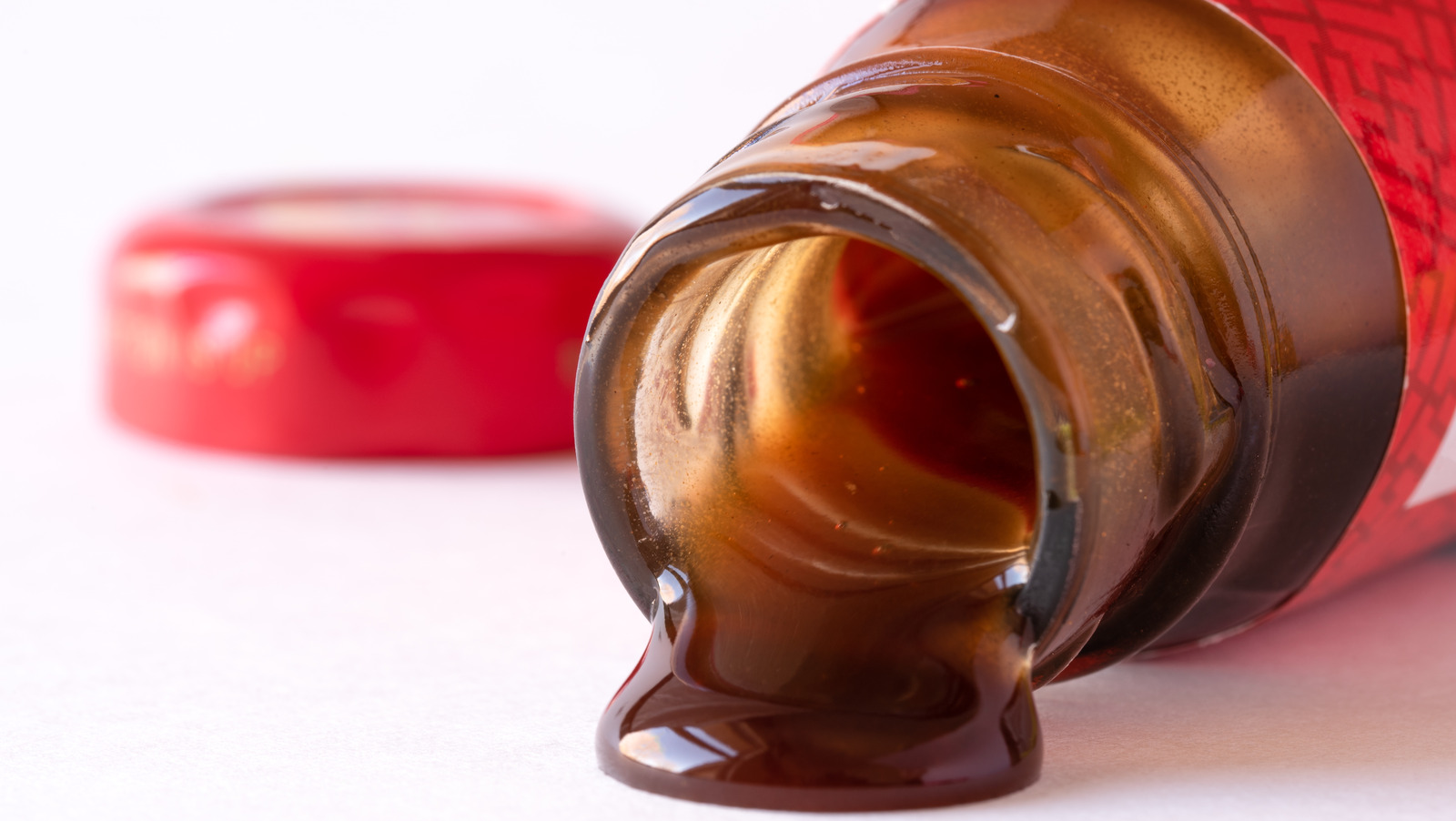
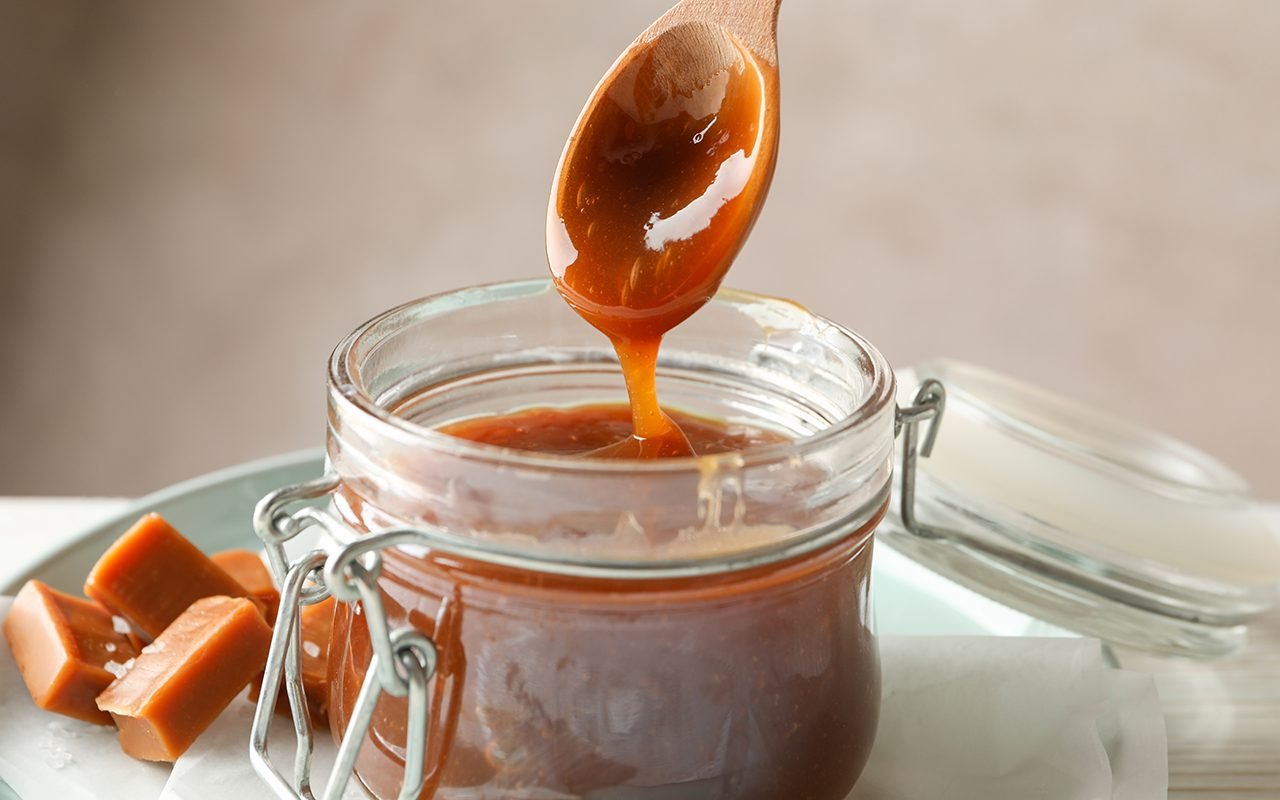

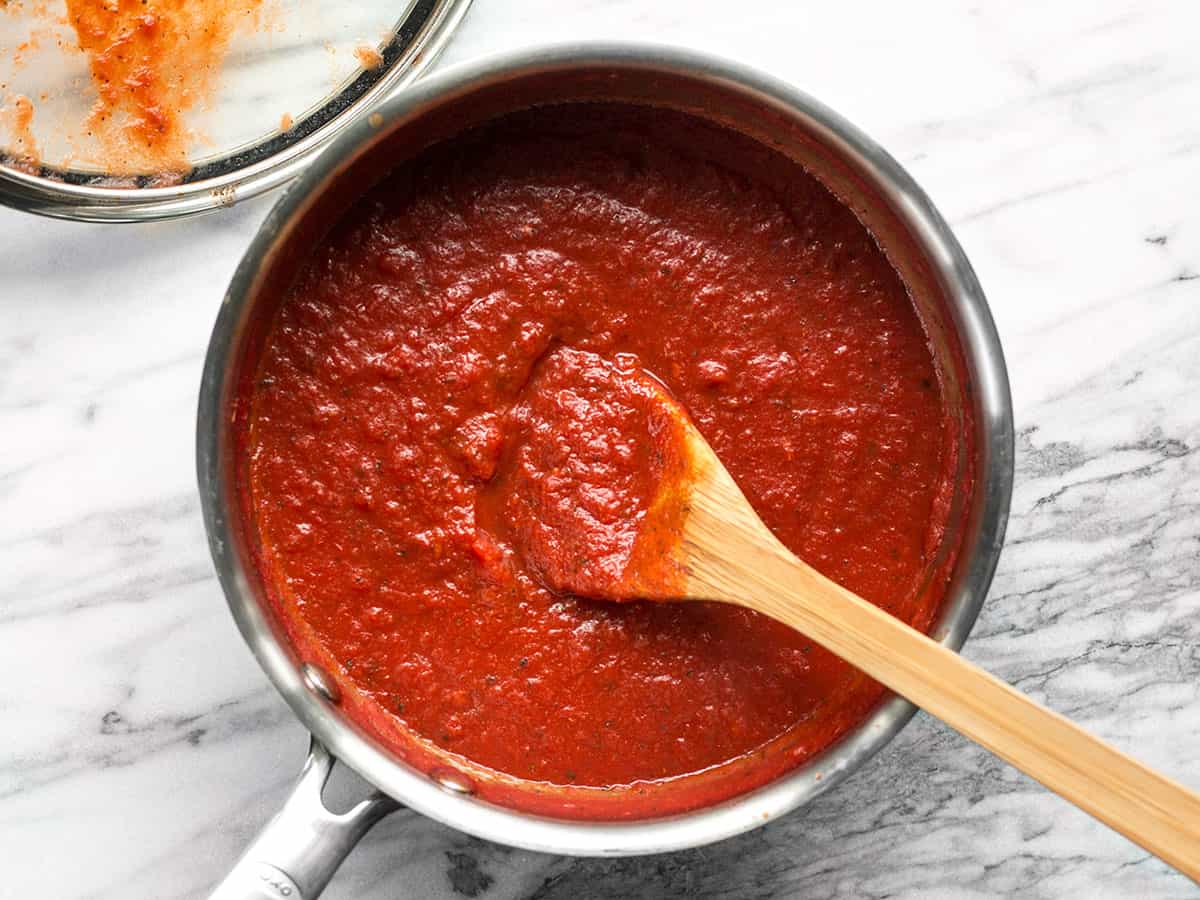
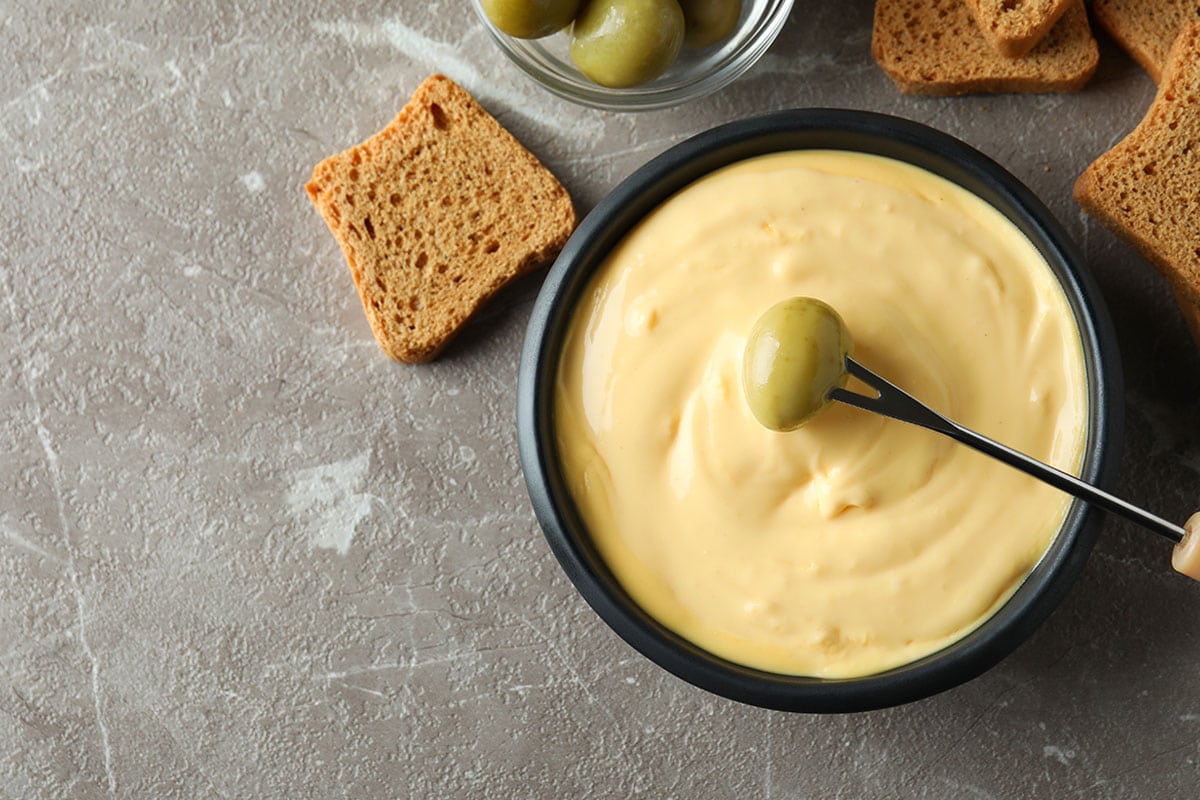
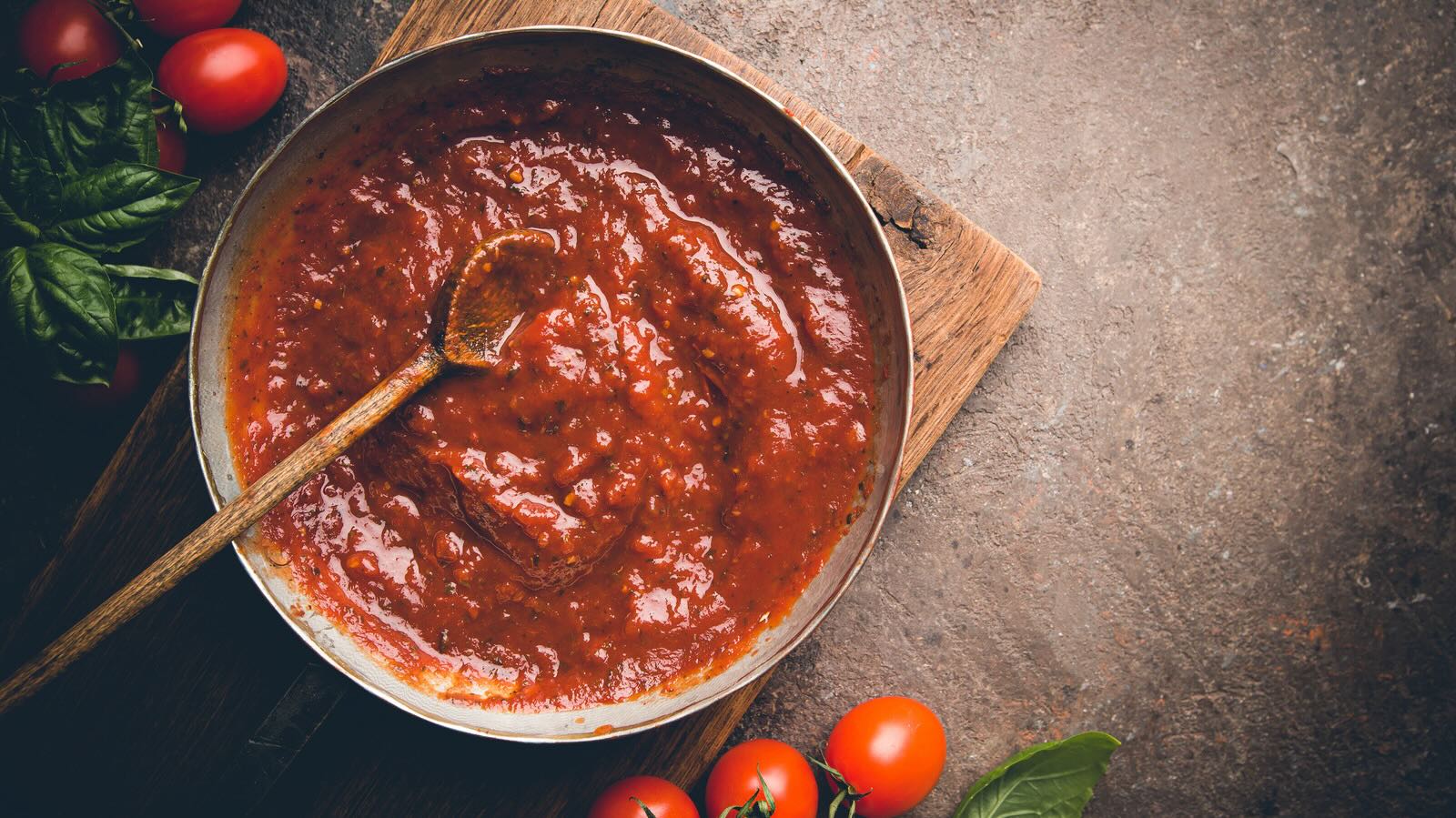


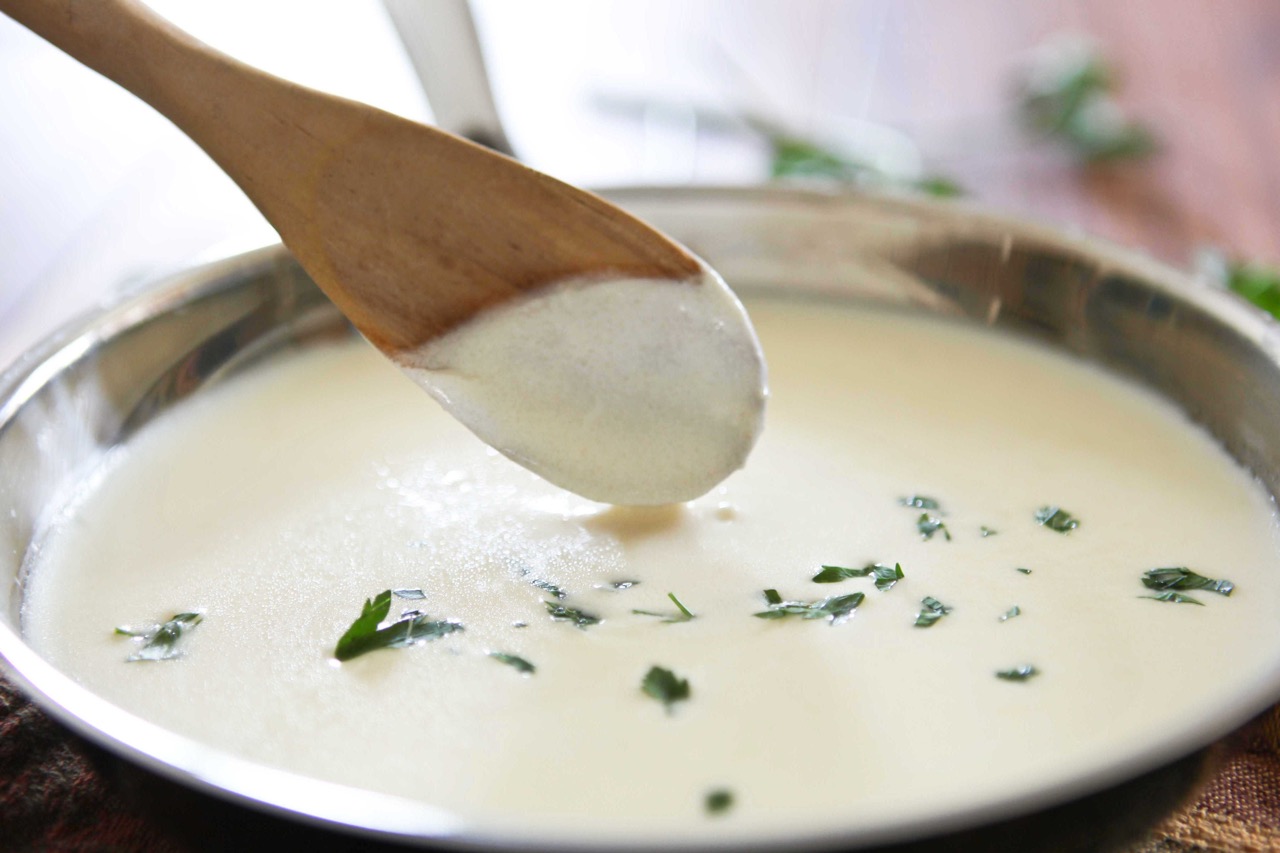

0 thoughts on “How To Store Soy Sauce”